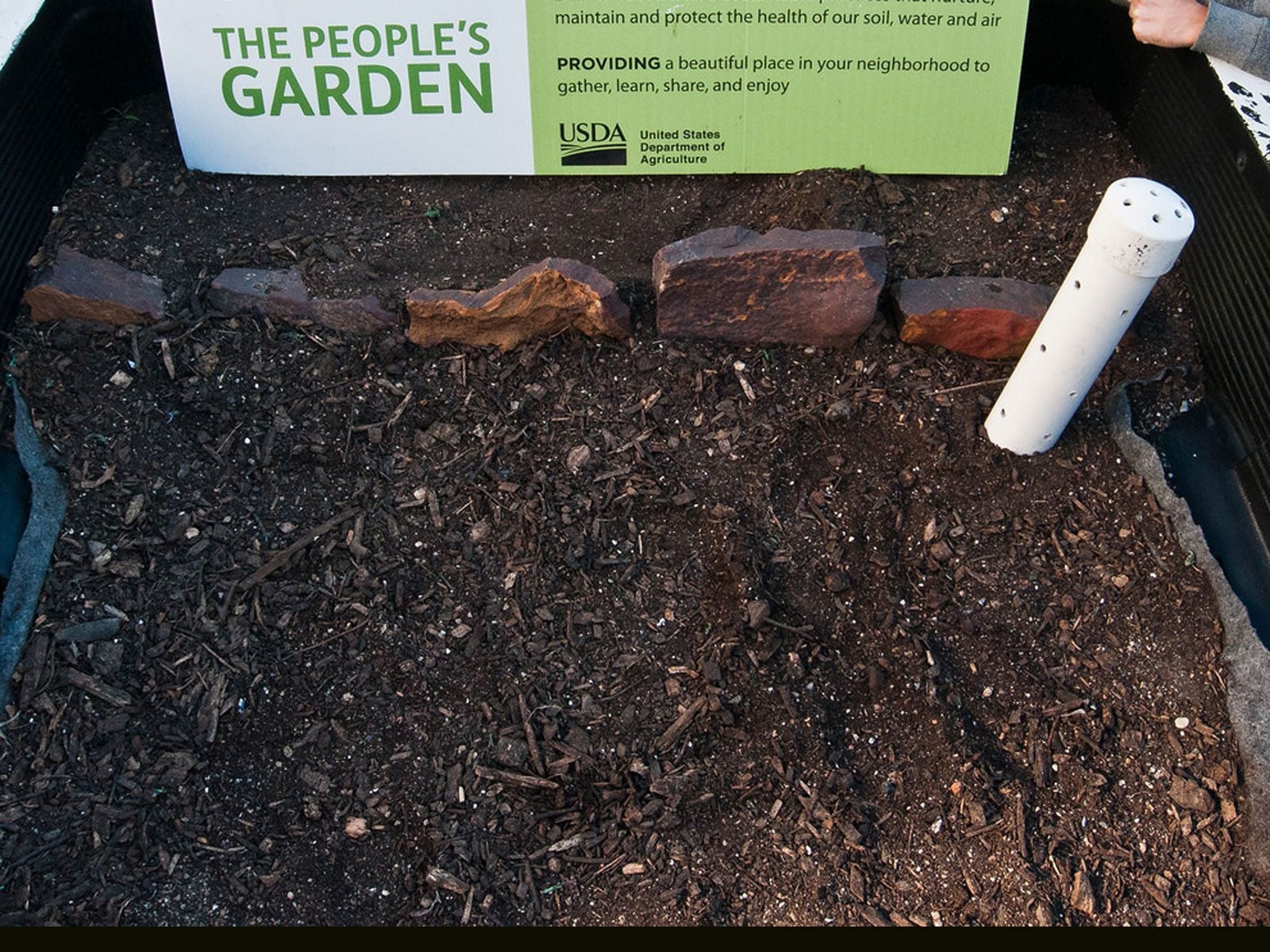Worm Tube Information – Learn How To Make A Worm Tube


Exactly what are worm tubes and what good are they? In short, worm tubes, sometimes known as worm towers, are creative alternatives to traditional compost bins or piles. Making a worm tube couldn’t be easier, and most supplies are inexpensive – or maybe even free. A worm tube provides a perfect solution if you have a small garden, if you just don’t want to bother with a compost bin, or if bins are frowned upon by your homeowner’s association. Let’s learn how to make a worm tube!
Worm Tube Information
Worm tubes consist of 6 inch (15 cm.) pipes or tubes inserted into the soil. Believe it or not, that’s really all there is to making a worm tube! Once the tube is installed in your garden bed, you can drop fruit and vegetable scraps directly into the tube. Worms from the garden will find and eat the goodies prior to leaving rich worm poop (castings), extending to a 3 to 4 feet (1 m.) radius around the tube. In essence, these food scraps are effectively turned into beneficial vermicompost.
Tips on Making a Worm Tube
Cut PVC pipe or a metal drain tube to a length of about 30 inches (75 cm.). Drill several holes into the lower 15 to 18 inches (38-46 cm.) of pipe to make it easier for worms to access the scraps. Bury the pipe about 18 inches (46 cm.) into the soil. Wrap a piece of screening around the top of the tube or cover it with an inverted flowerpot to keep flies and other pests out of the tube. Limit food scraps to non-meat items such as fruits, vegetables, coffee grounds, or eggshells. Initially, place a small amount of soil and compost in the pipe, along with the scraps, to get the process started. If you don’t like the appearance of the pipe, you can always paint your worm tube green to blend in with your garden or add decorative elements to suit your preferences. As an added benefit, your worm tube may even serve as a handy perch for bug-eating songbirds!
Sign up for the Gardening Know How newsletter today and receive a free copy of our e-book "How to Grow Delicious Tomatoes".

A Credentialed Garden Writer, Mary H. Dyer was with Gardening Know How in the very beginning, publishing articles as early as 2007.